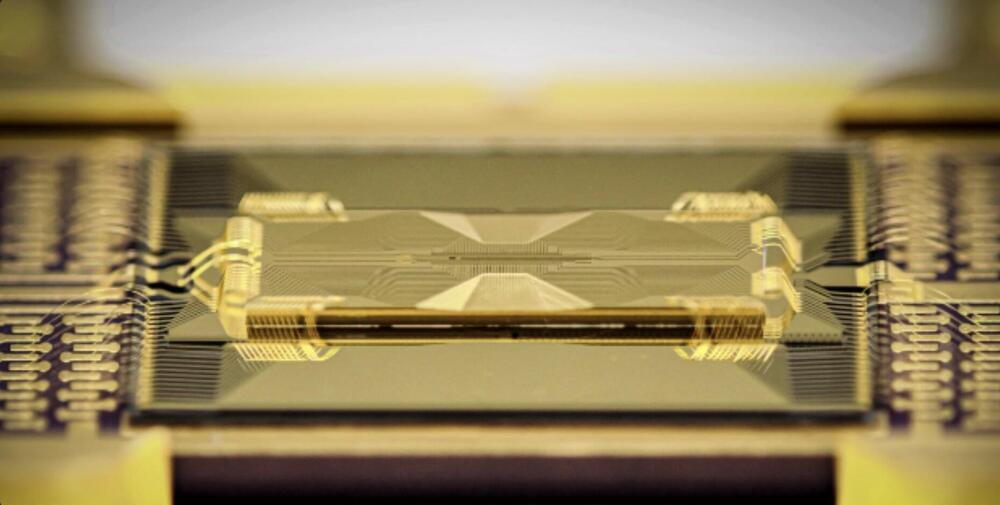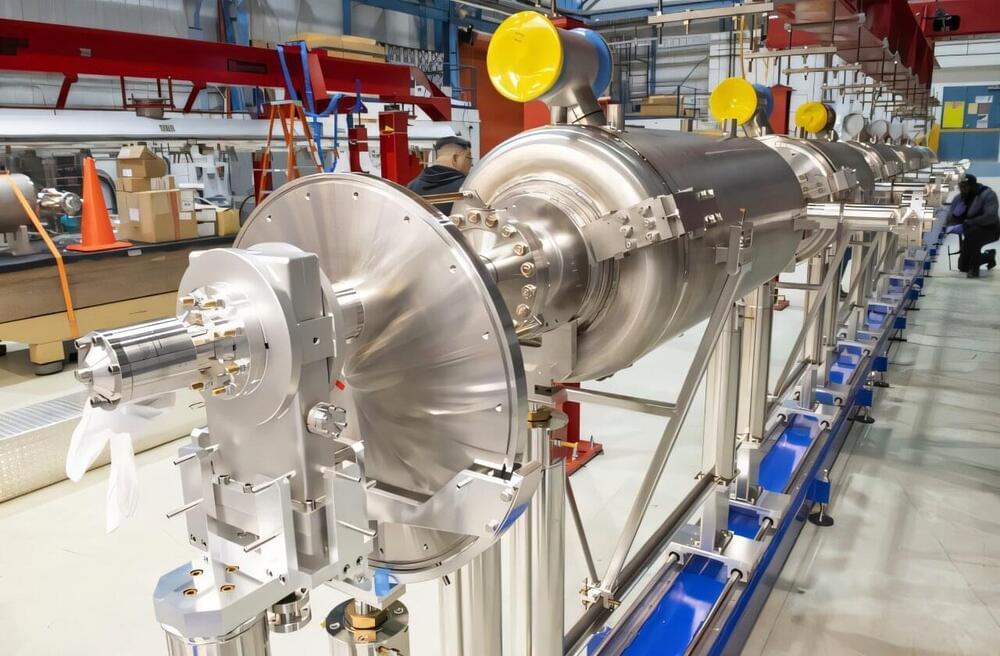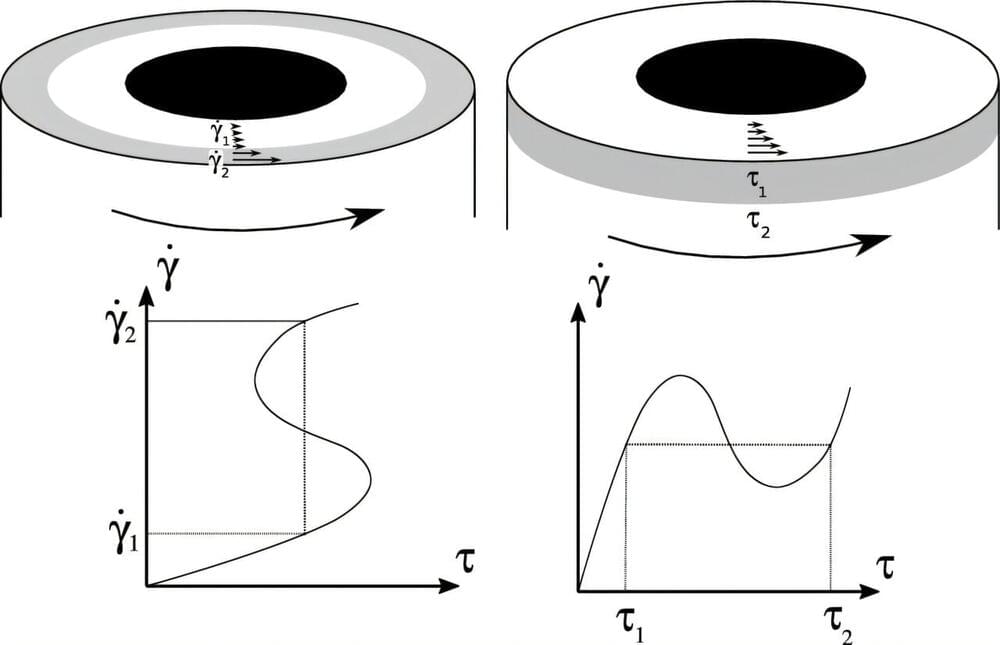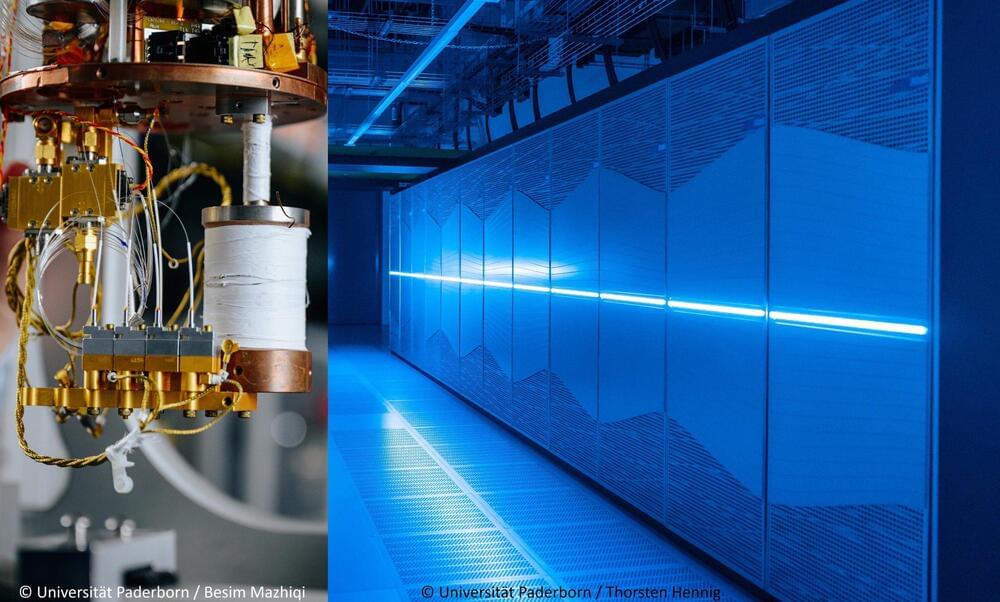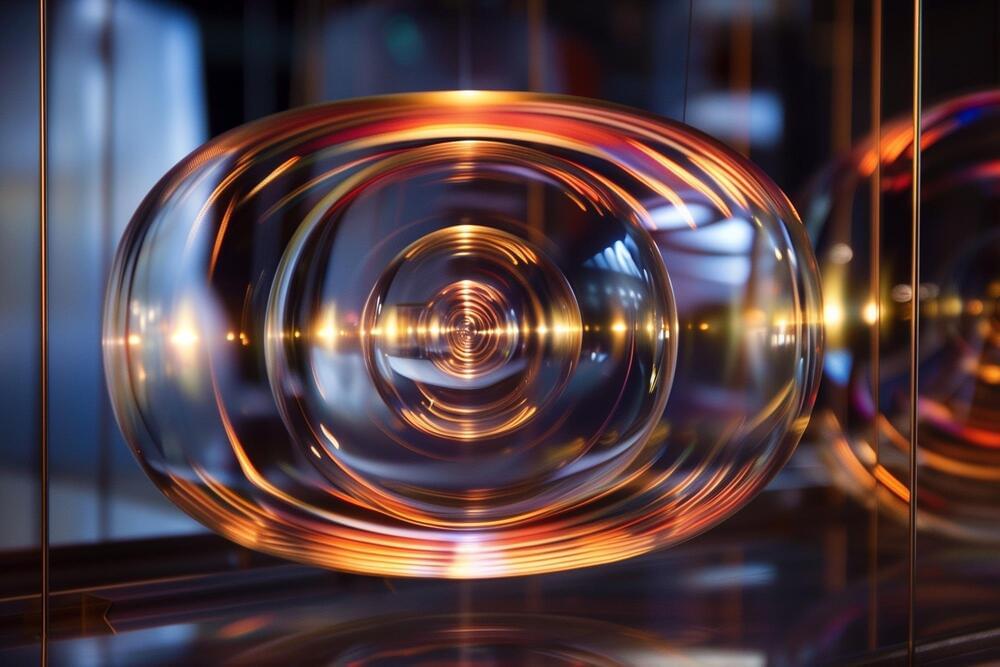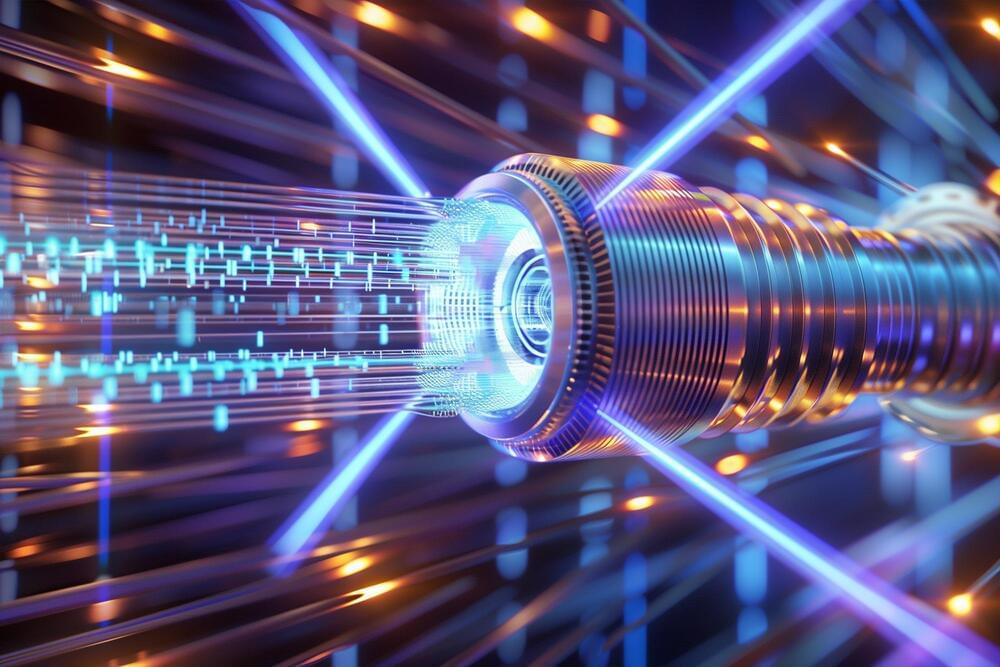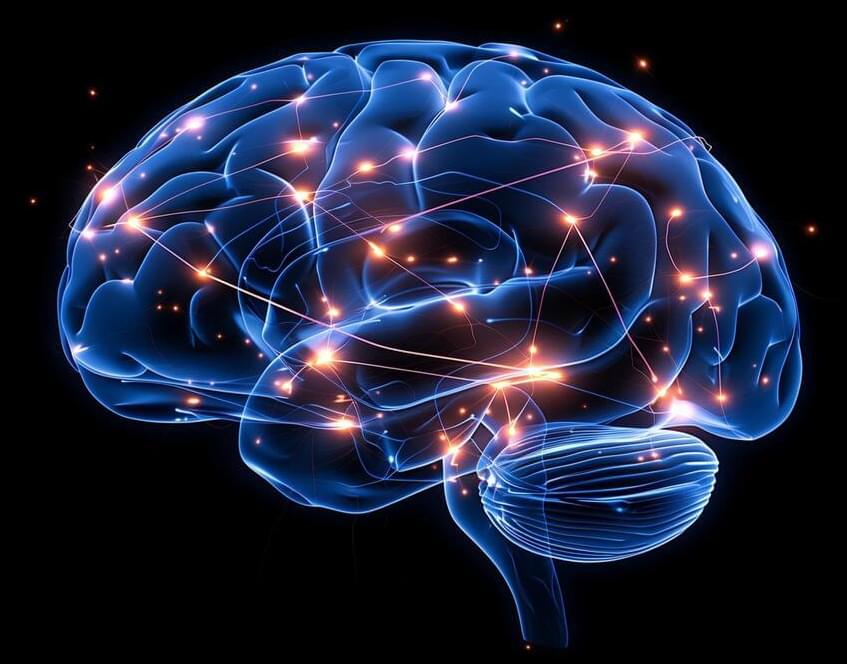For error-resistant quantum computers, creating superpositions or entanglement between states is relatively easy. In contrast, adding magic to the state or dislocating them further from easy-to-simulate stabilizer states is expected to be highly challenging.
“In the literature of quantum information, you often encounter terms like ‘magic state distillation’ or ‘magic state cultivation,’ which refer to pretty arduous processes to create special quantum states with magic that the quantum computer can make use of,” said Niroula.
“Prior to this paper, we had written a paper that observed a similar phase transition in entanglement, in which we had observed phases where measurements of a quantum system preserved or destroyed entanglement depending on how frequent they are.”
